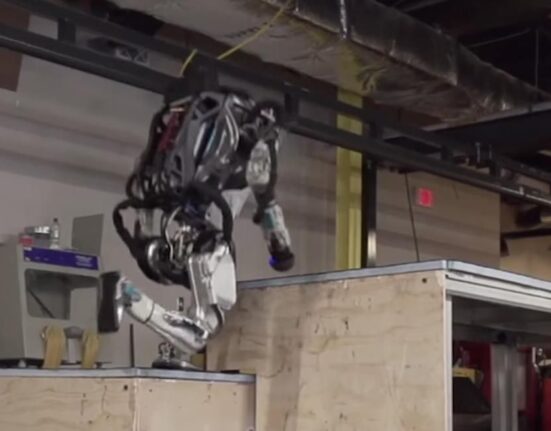“We go about the world seeing just about what everyone else sees,” Mahadevan said. “But if we choose to pause and wonder even as we wander, we learn about the world, and perhaps even about ourselves.”
Imagine a scenario where spheres or cylinders, slightly imperfect in shape, navigate down slopes of varying steepness. What unfolds is a dance between motion and stillness that scientists from Harvard John A. Paulson School of Engineering and Applied Sciences have delved into.
At the core of this exploration is Professor L. Mahadevan, a mind brimming with curiosity towards everyday phenomena. By blending theory, simulations, and real-world experiments, Mahadevan’s team has ventured into unraveling the complexities underlying how these irregular objects interact with inclined planes.
The journey began with simulations that showcased how irregular shapes defy expectations compared to their uniform counterparts when rolling down inclines. While a smooth sphere maintains its forward momentum effortlessly, an uneven surface disrupts this flow by introducing moments of hesitation.
Through meticulous observations in controlled settings mimicking real-world scenarios, researchers discovered intriguing patterns near tipping points where motion transitions from stationary to rolling states. Daoyuan Qian reflects on how these critical angles mark a phase shift akin to a bifurcation—a juncture separating distinct behaviors.
“Indeed the behavior of the object near the transition angle…has the features of a phase transition…which separates two qualitatively distinct states — rolling and not rolling,” Qian said.
As insights unfolded further, distinctions between cylindrical and spherical objects emerged due to their inherent design variations. Unlike spheres capable of multiple rolling pathways, cylinders exhibit singular movements along inclines—a fundamental contrast shaping their dynamic interactions with gravitational forces.
Venturing beyond theoretical conjectures led researchers into uncharted territories within laboratory settings; witnessing firsthand how irregularities manifest unpredictably yet adhere to hidden rhythmic structures awaiting discovery beneath seemingly chaotic motions.
Noteworthy revelations surfaced during experiments involving oddly shaped spheres—unveiling unexpected regularities amidst perceived disorderliness. The sight of asymmetrical spheres mirroring ordered trajectories challenged initial assumptions but illuminated underlying symmetries governing their movements over time.
“Watching a sphere roll jerkily forward… makes it seem like the trajectories would be completely random…but an undeniable pattern emerged: No matter how irregular the sphere…its motion was periodic…”
Beyond tangible outcomes lie profound correlations with abstract mathematical concepts such as Dirac’s Plate Trick and topological principles like the “Hairy Ball Theorem.” These connections bridge physical manifestations with theoretical frameworks—breathing life into esoteric ideas through tangible demonstrations accessible to both experts and enthusiasts alike.
In essence, what started as an exploration driven by sheer curiosity has blossomed into a narrative intertwining mathematics and physics—an intricate tapestry woven across dimensions ranging from minute nanoscale interactions to larger-than-life robotic endeavors.
As funding sources align in support of such groundbreaking inquiries spearheaded by visionary minds at esteemed institutions worldwide—it beckons reflection on where these discoveries may lead humanity next—a future brimming with possibilities waiting to be unearthed through relentless pursuit of knowledge interwoven within every roll down an inclined plane.









Leave feedback about this